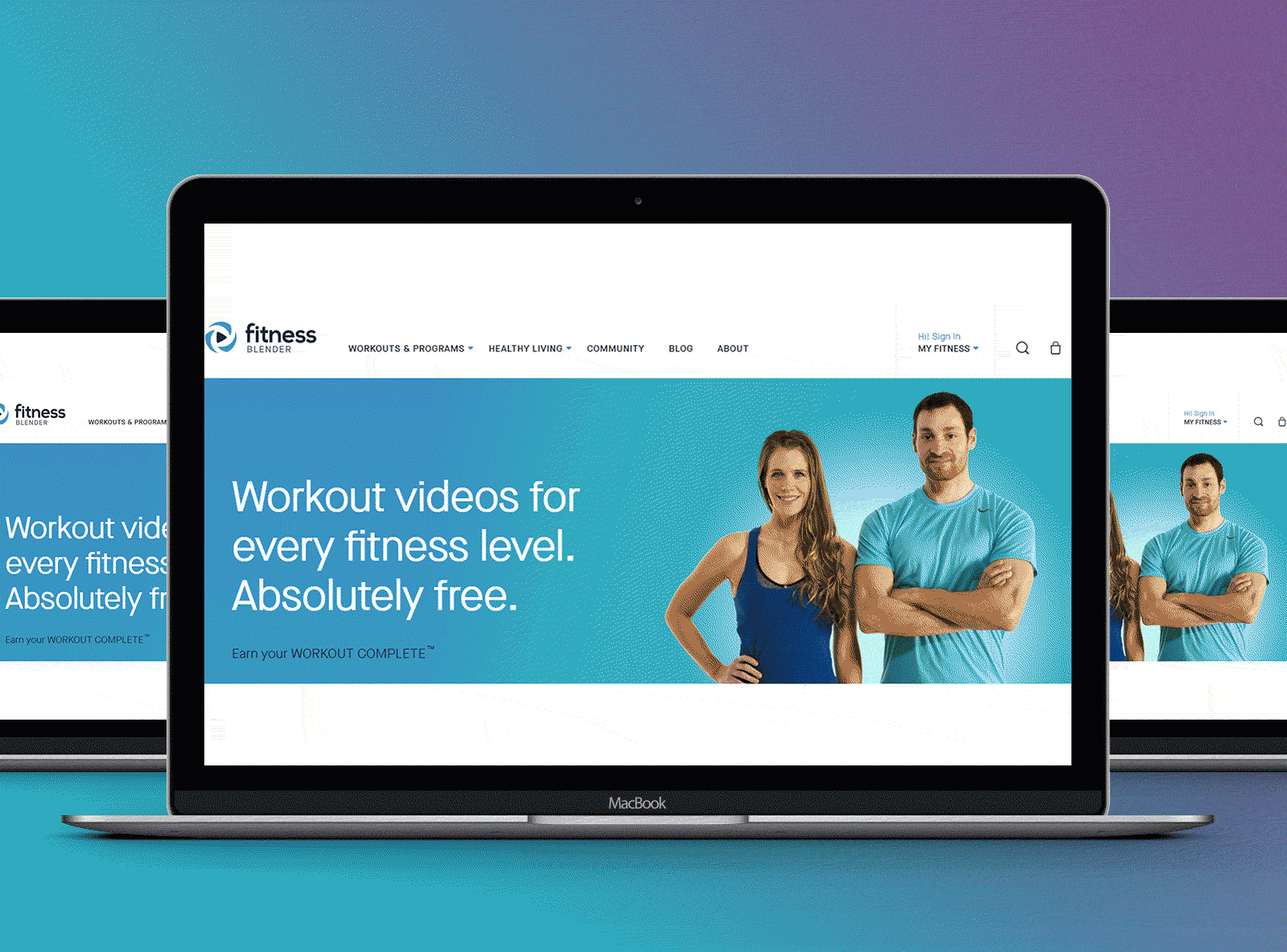Understanding the Duty of Responsive Design in Modern Website Growth
In today's electronic landscape, receptive style is no much longer a luxury but a necessity in site development. The significance of receptive style prolongs past customer experience-- it is likewise a critical element in search engine optimization and availability.
Value of Responsive Layout
In today's electronic landscape, the relevance of responsive design in website advancement can not be overstated. Receptive style permits sites to automatically adjust their format and performance based on the display size and positioning of the gadget being made use of.
Moreover, responsive layout is vital for seo (SEO) Internet search engine like Google focus on mobile-friendly websites in their search engine result, implying that a responsive layout can dramatically affect a site's visibility and position. This optimization not only boosts the user experience yet additionally drives natural website traffic and boosts the potential for conversion and earnings generation.
Additionally, responsive layout provides businesses a cost-efficient remedy by removing the demand for multiple versions of a site. By enhancing web advancement procedures and decreasing upkeep efforts, companies can allocate sources a lot more successfully, ultimately resulting in enhanced return on financial investment. Therefore, receptive design is important in today's competitive digital setting.
Secret Elements of Responsive Design
To properly carry out responsive layout, it is important to focus on numerous crucial elements that make sure optimal capability and individual experience throughout varied gadgets. One of the basic components is the flexible grid layout, which allows designers to produce liquid grids that automatically adjust to various screen sizes. This makes certain that content maintains proportionality and readability, no matter the gadget being made use of.

Furthermore, touch-friendly navigation is crucial for responsive design. Carrying out easily tappable switches and user-friendly gesture controls enhances usability on touchscreen devices. Focusing on performance optimization is likewise important, as it improves loading times and decreases bounce prices, especially on mobile networks with variable speed.
Last but not least, using a mobile-first method makes certain that the style is initially optimized for smaller sized displays before expanding to fit desktop computers. This method ensures that crucial performance and aesthetics are protected throughout all systems, ultimately improving the overall user experience.
Effect On Individual Interaction
Responsive design considerably influences individual involvement by enhancing accessibility and complete satisfaction throughout various devices (Website Design). By making certain that a site's design adapts perfectly to various display sizes, receptive design enables customers to accessibility material easily, whether they are making use of a desktop, tablet computer, or smartphone.
In addition, responsive layout contributes to much faster page filling times, which is important for retaining customer rate of interest. Individuals are more inclined to desert a site if it takes Visit Website as well lengthy to tons, especially on mobile phones. By enhancing performance for varied platforms, responsive layout lessens loading hold-ups, keeping users involved and decreasing bounce prices.
Search Engine Optimization Benefits of Responsive Layout
While enhancing individual experience is a primary goal, receptive style likewise plays an important role in boosting an internet site's search engine optimization (SEARCH ENGINE OPTIMIZATION) Responsive layout makes certain that a web site adapts to numerous display dimensions, removing the demand for separate mobile and desktop versions.
Moreover, responsive layout aids in faster web page filling times, an important aspect in SEO. Online search engine favor web sites that pack swiftly, identifying that customers are most likely to abandon sites that take too long to present. By utilizing responsive style, developers can maximize pictures and improve material, guaranteeing efficient filling and enhanced search engine rankings.
In addition, a cohesive URL framework across gadgets simplifies the indexing procedure for search engines, enhancing crawl effectiveness. This uniformity in Links strengthens an internet site's authority and integrity, leading to boosted visibility in search outcomes. In summary, receptive design is not just a trend however an essential component of SEO approach, ensuring internet sites are both user-friendly and search engine compatible.
Implementing Receptive Style Strategies
In the realm of modern internet growth, carrying out receptive design methods is comparable to crafting a functional canvas that changes flawlessly to different display measurements. Another important tactic involves utilizing media questions, which browse around this web-site make it possible for developers to apply different designs based on the features of the device, such as resolution, height, and width.
Responsive pictures and media are additionally important elements. By using methods like CSS media inquiries and the HTML 'picture' element, programmers can offer appropriately sized images based upon the customer's tool, maximizing lots times and boosting customer experience. In addition, the unification of liquid typography makes certain that message is understandable and cosmetically pleasing on any kind of display, accomplished with scalable systems like 'rem' and 'em'.

Conclusion
Responsive layout makes up a vital aspect of contemporary website growth, considerably boosting user experience throughout a range of tools. Ultimately, executing receptive design approaches guarantees boosted ease of access and use, rendering web sites a lot more user-centric and efficient.
To properly implement receptive layout, it is important to focus on numerous key aspects that make certain ideal performance and user experience across varied tools.Responsive design dramatically affects customer interaction by improving availability and contentment across different tools. By making certain that a website's design adapts effortlessly to various display dimensions, receptive layout permits customers to gain access to web content easily, whether they are making use of a desktop, smartphone, or tablet .While boosting customer experience is a key objective, responsive style likewise plays a critical duty in improving a website's search engine optimization (SEARCH ENGINE OPTIMIZATION)Receptive style makes up a necessary element of contemporary site development, considerably enhancing customer experience throughout a variety of gadgets.